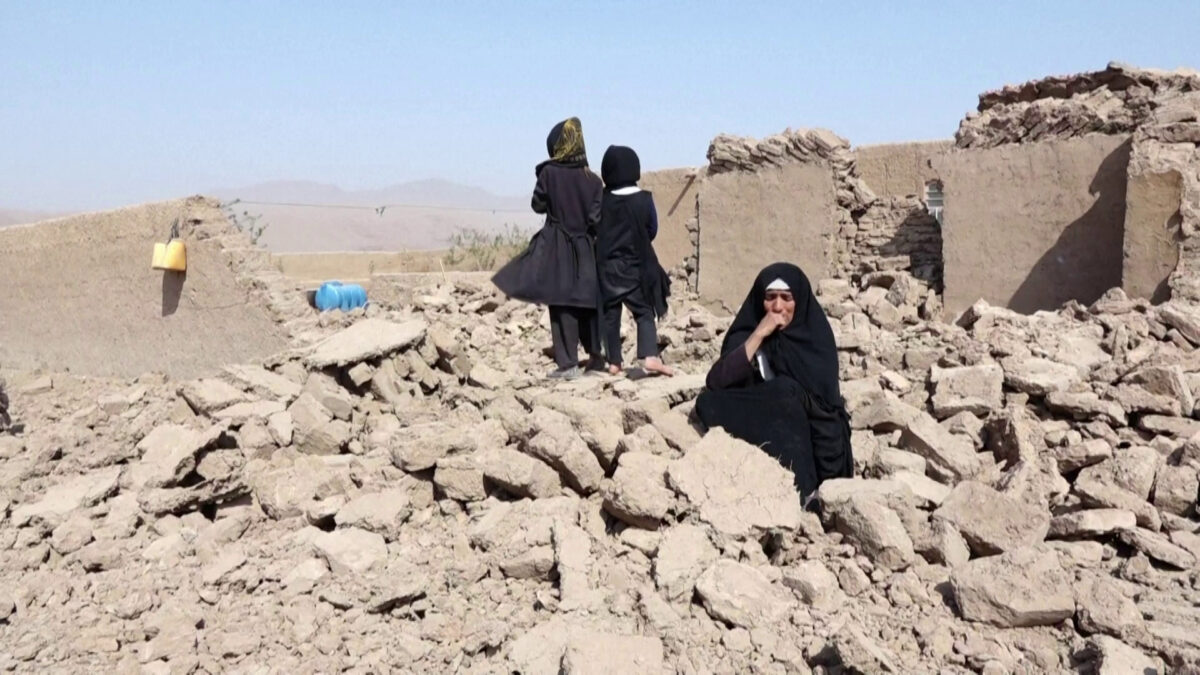Afghanistan, amid its political, security, and human rights challenges, encountered significant natural events in the solar year 1402 (March 2023 to March 2024), with the most catastrophic being the Herat earthquake on Oct. 7, 2023.
The United Nations reports that the quake resulted in 1,500 fatalities and injured 2,500 individuals. Zarghuna, who lost her home in the disaster—a home she says took years to build—now resides in a tent with nine family members.
Herat experienced a 6.3 magnitude earthquake on Oct. 7, followed by aftershocks that impacted 2.2 million people across nine districts, including the complete destruction of three villages in the Zindajan district.
A combined report from the United Nations, Asian Development Bank, European Union, and World Bank indicates that 49,578 houses were damaged, with 13,516 completely destroyed.
The United Nations highlights that women and children bore the brunt of the disaster, with women comprising 58% of the deceased. It’s estimated that 90% of the casualties were women and children, affecting 17,538 pregnant women, 17,146 children, and 6,806 families led by women.
Six months post-earthquake, survivors face critical shortages of shelter, drinking water, sanitation, and healthcare facilities.
Despite claims from Taliban officials in the Herat Earthquake Relief Commission that 4,000 houses have been constructed and 90% distributed to victims, survivors argue the homes do not meet standards and that relief funds have been misused.
Relief organizations estimate the earthquakes caused $217 million in direct damages, with over $400 million needed for rebuilding efforts.





